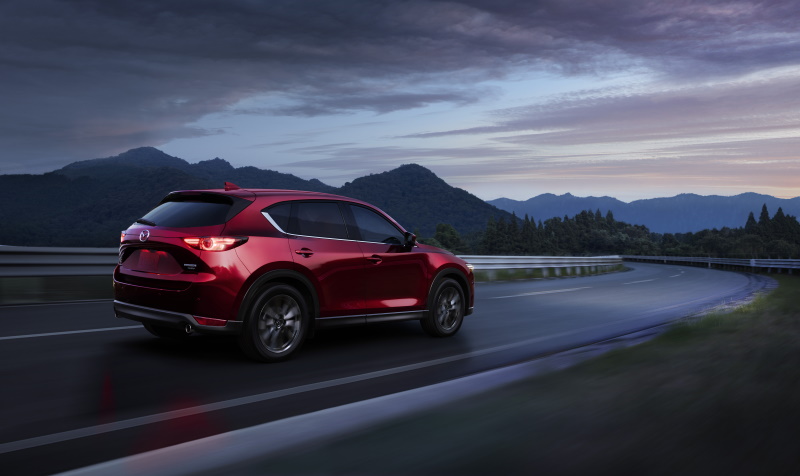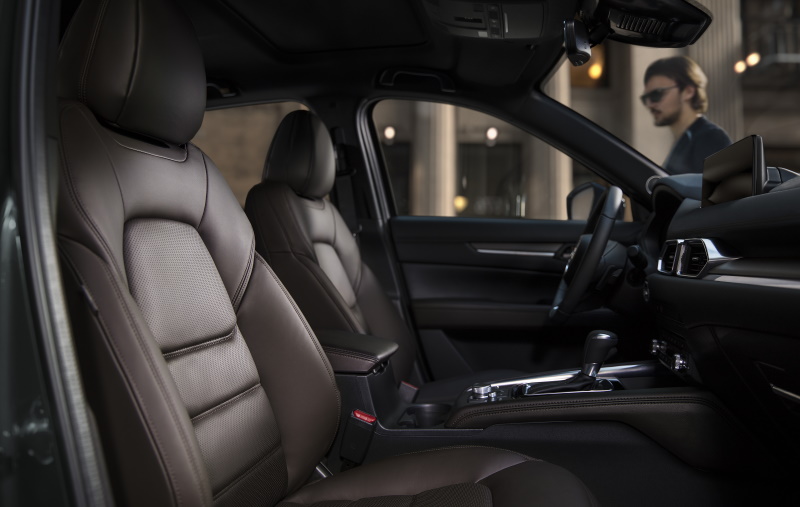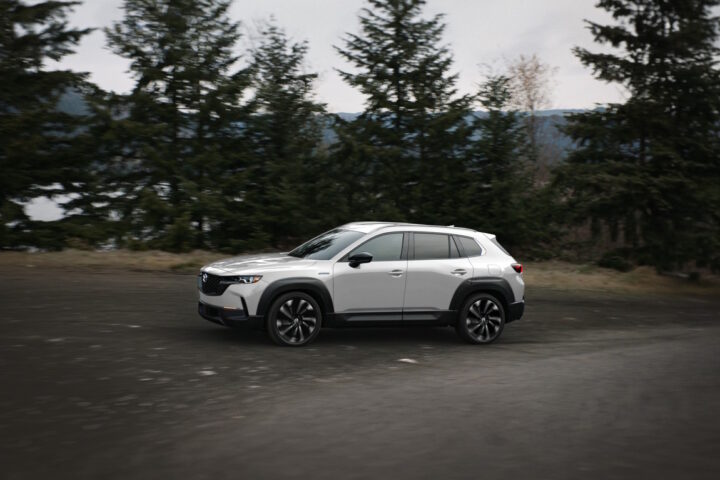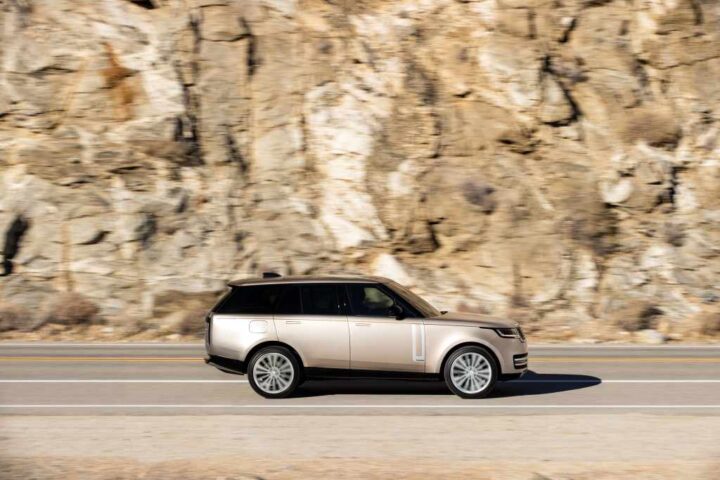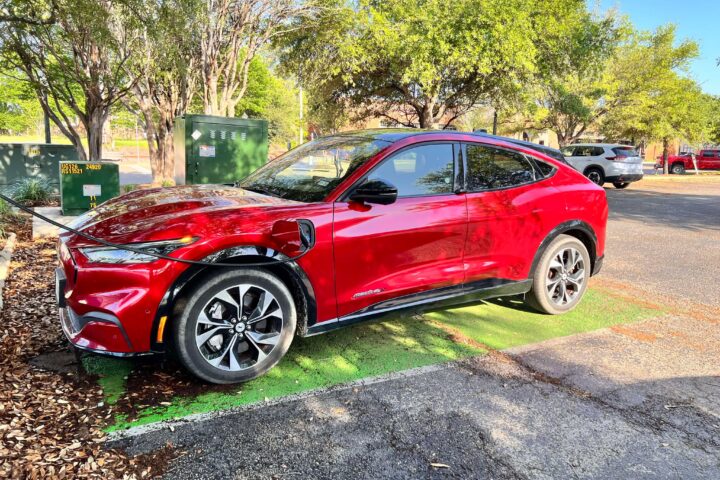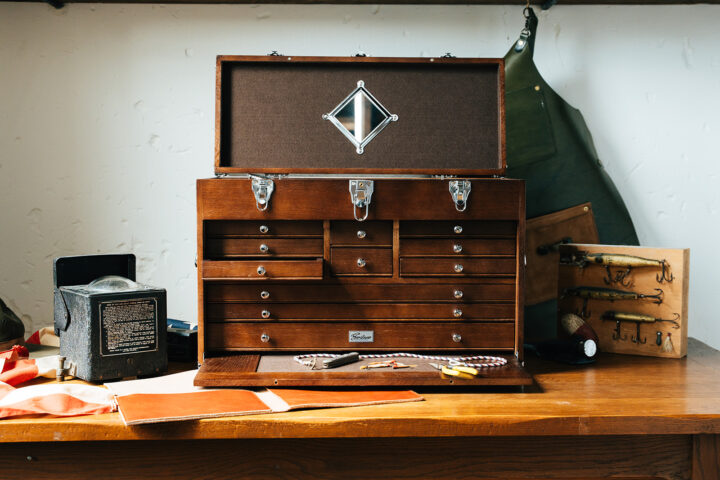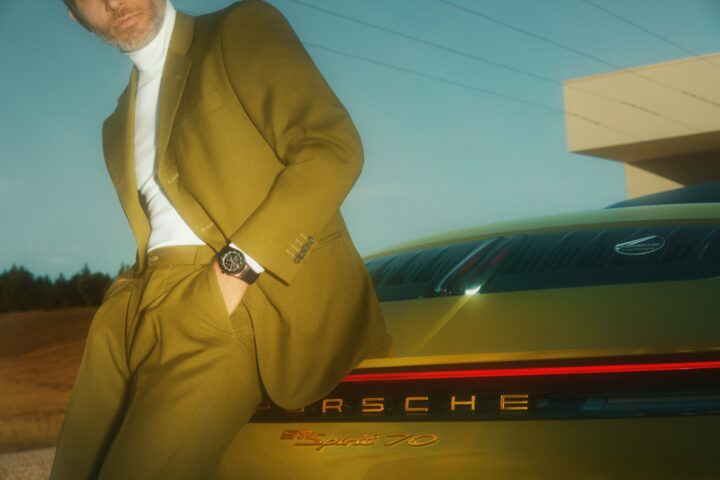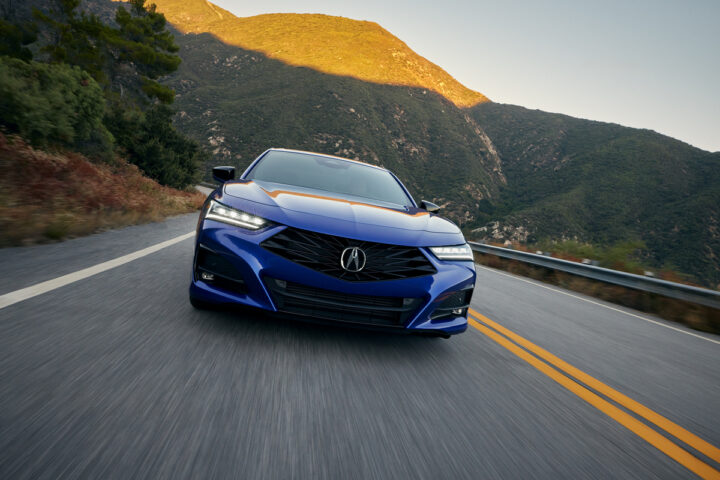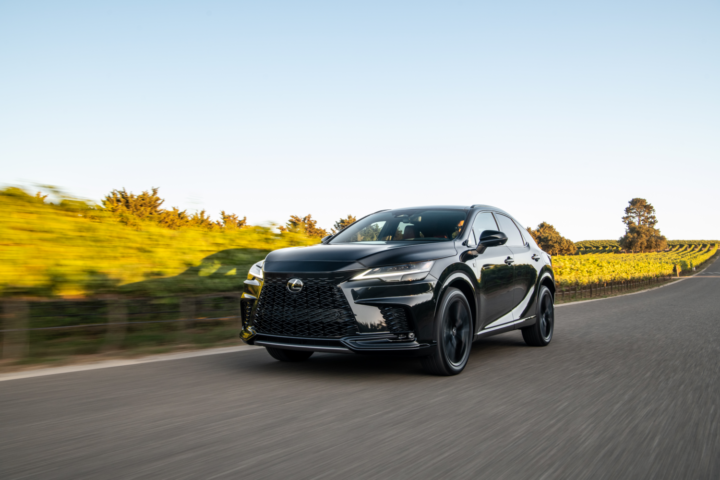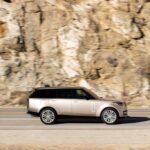Who doesn’t like a hatchback? You get practicality, great styling, and some, such as the Volkswagen Golf R, can be quite quick. The hatchback is one of those vehicles that can be all the car someone needs. Unfortunately, the United States thinks differently. Instead of having a plethora of hatchbacks, we have crossovers. These vehicles can be seen everywhere, and most parking lots are swarming with the things! It seems like wherever we go, there is a crossover.
If you don’t know what a crossover really is, you’re not alone. Basically, a crossover is not a fully-fledged SUV. Instead, crossovers are usually based on existing sedans or hatchbacks. Some people say that they’re hatchbacks on stilts. Why buy a less expensive sedan or hatchback when you can pay more for a higher up vehicle with worse fuel economy and with standard front-wheel-drive? Well, not all crossovers are bad. In fact, one company has been adding some Zoom Zoom to its crossovers. Case in point: the Mazda CX-5. This may seem like a rival for the Honda CRV and Toyota RAV-4, but as I found it, it punches well above its class.
First off, the vehicle that I had was the top-of-the-line CX-5 Signature AWD. Wearing Deep Crystal Blue Mica, the CX-5 is certainly a handsome crossover. The front-end has a sharp design that’s shared with most Mazdas, as well as the rear-end and lights. Speaking of lights, the CX-5 has adaptive headlights that can blank out part of their light so other drivers get blasted with light. Oddly enough, the CX-5 doesn’t come with a panoramic roof. It comes with a regular sunroof which is out-of-place in the compact SUV segment. I am a fan of the 19” Dark Silver wheels.
Jumping inside is much more different. This Signature model has every single option ticked. Looking ahead, you get a heads-up-display that gives you a lot of information. It displays your current speed, stop sign recognition, adaptive cruise control speed, lane keep assist, navigation, and blind-spot monitoring. You would think that’s too much information, but it’s laid out so well, you never really have to look at the instrument cluster. You do; however, have to look down for the infotainment system.
Don’t get me wrong, Mazda’s infotainment system isn’t bad. The CX-5 has a 10.25” display which is clear but isn’t a touchscreen. Instead, it uses a swivel wheel with buttons for certain functions such as navigation. It seems like a mistake when using Apple CarPlay. Other than that, the screen is just fine. There is a backup camera with a 360-degree view which is helpful. The rest of the interior is gorgeous. The cockpit feels like a premium-brand vehicle with plush Nappa brown leather. Front seats have heating and ventilation. The rear even has rear heating which is impressive for this class. This is one of the best interiors for a regular compact crossover under $40,000.
Mazda did some changes to the CX-5 over the past few years, but the biggest change is under the engine. Although you can get a regular 2.5-liter I4, it’s a bit sluggish and slow. Thankfully, the CX-5 Signature comes standard with a turbocharged 2.5-liter I4 producing 250-horsepower and 320 lb-ft. All-wheel-drive and a six-speed automatic get the CX-5 Signature to 60 mph in 6.2 seconds. You don’t even have to have the CX-5 in sport mode because its regular setting is more than enough.
So, the CX-5 is one-part luxury and one part sporty. Compared to other crossovers, the CX-5 tries to be the sporty vehicle in its segment and it works. You can chuck it into a corner as well as you can for a crossover, and it can handle quite well. There’s only one flaw to the fun driving, but it is a big one. I’m not a fan of the transmission. At all. The transmission shifts slow and although there are paddle-shifters, I wouldn’t use them. Rather than an old six-speed, I would pair the engine to an eight-speed automatic. The shifts would be faster and smoother. This idea should spread to the rest of the Mazda lineup.
This is where comparisons to vehicles like the Ford Escape, Honda CRV, and Toyota RAV-4 usually would go. Instead, I’m going to compare this to the Acura RDX, Infiniti QX50, and Lexus NX200. You may be wondering why but it’s quite simple. The CX-5 drives so well and has such a posh interior it feels premium. Don’t get me wrong, lower-end trims don’t give you that sense of prestige. When you look at premium compact crossovers from Acura, Lexus, Infiniti, and more, you find some major advantages with the CX-5.
Along with other premium brands, the CX-5 has the luxury to compete. Most of the materials are soft touch with some scratchy plastics. Premium brands may have fewer plastics, but their interiors are at-par of lower than the CX-5. Performance is basically the same as all these vehicles with all-wheel-drive and turbocharged engines. Some, like the Acura RDX, has more power, but it doesn’t handle as well. What the competition does have are some better transmissions, minus the Infiniti QX50 and its sad CVT. They also have panoramic sunroofs and better sound systems. Finally, these premium brands have premium badges that seem better than a Mazda badge.
Here comes the most impressive part. The CX-5 Signature is $37,000. For all the kit and luxury you get, it’s a huge bargain. When I look at vehicles, I look at all the trim-levels. Usually, I don’t recommend the top-of-the-line vehicles since they have features that aren’t necessary. Top-of-the-lines can just be appearance changes or packages that should be standard. The CX-5 should be had as the Signature. While you don’t need Nappa leather or a heads-up display, they make the difference. Mazda did such a great job with the CX-5 that I’m recommending it to my mom. That’s high praise.

